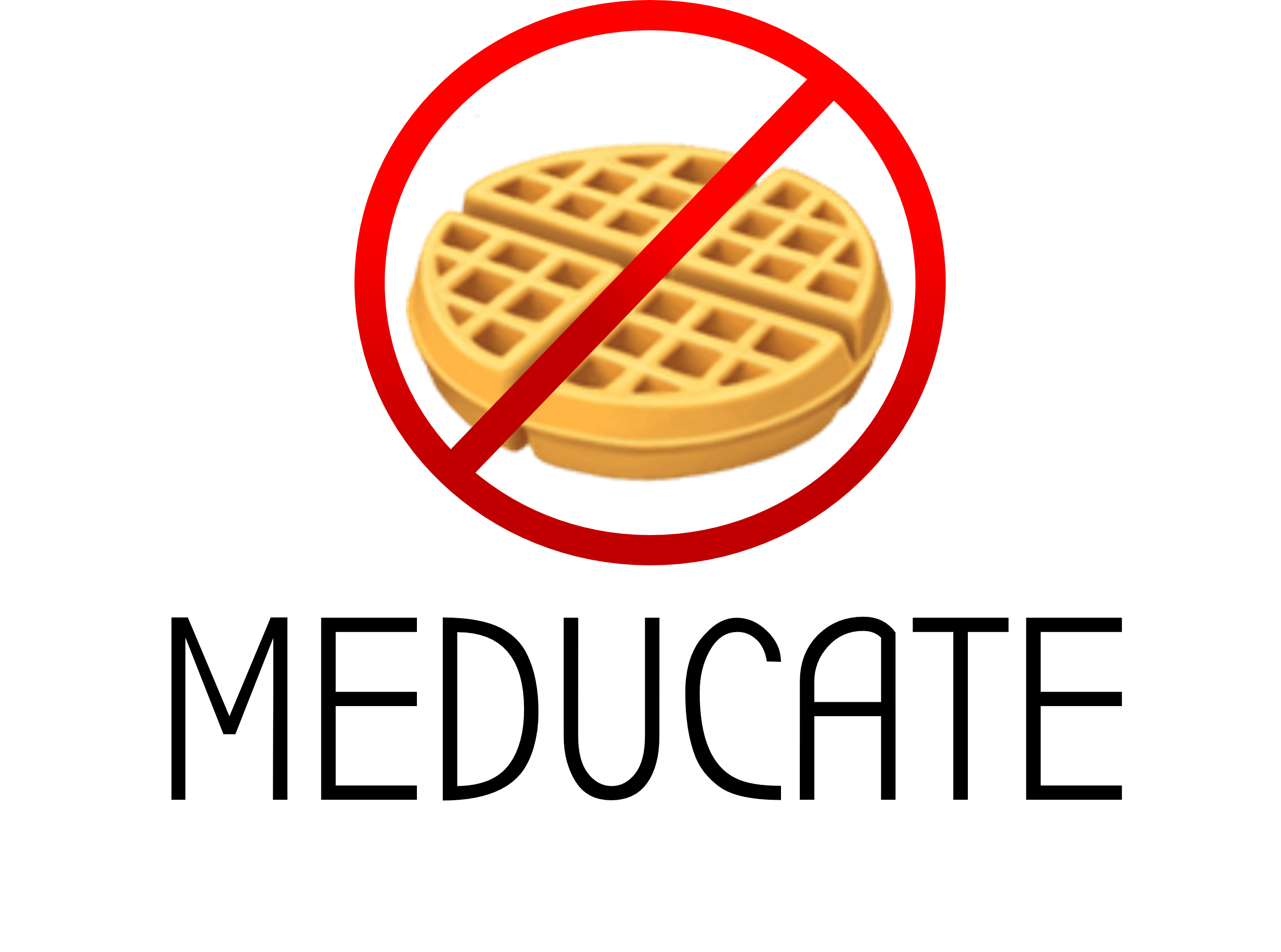 Notes: nsb neuroanat forebrain 1
Notes: nsb neuroanat forebrain 1
Similar resources:
- All
- CPSA
- Lecture Notes
- Videos

Neuroanatomy Summary
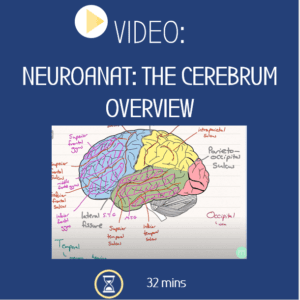
NSB: Cerebrum
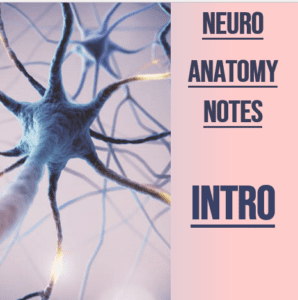
NSB Neuroanat Notes: Introduction
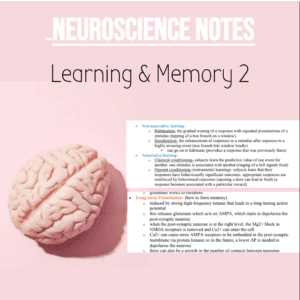
NSB Neuroscience Notes: Learning & Memory 2
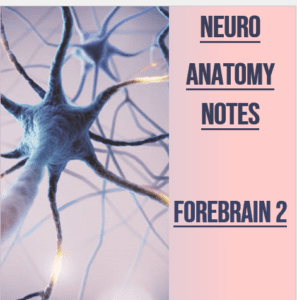
NSB Neuroanat Notes: Forebrain 2
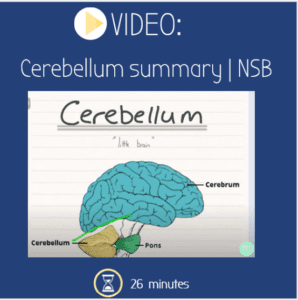
Video: Cerebellum Overview | NSB
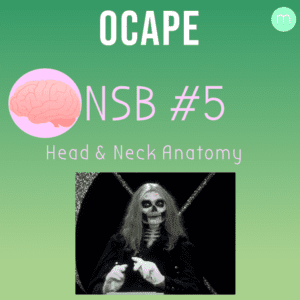
Y2 OCaPE: NSB 5 Head & Neck Anatomy
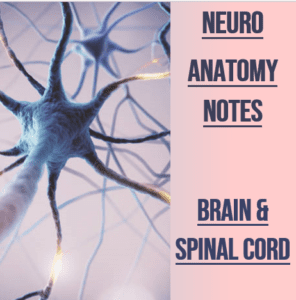
NSB Neuroanat Notes: Brain & Spinal Cord
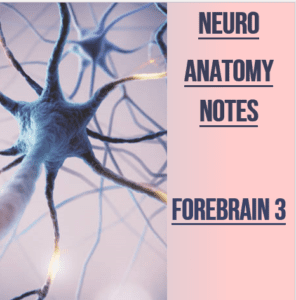
NSB Neuroanat Notes: Forebrain 3
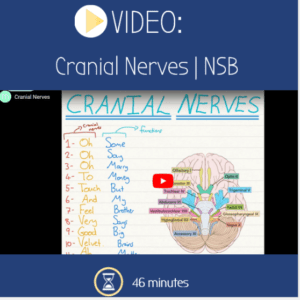
Video: Cranial Nerves | NSB
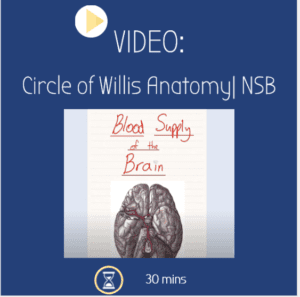
Video: Circle of Willis Summary | NSB
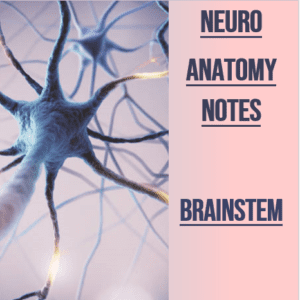
NSB Neuroanat Notes: Brainstem
Y2, Y2Notes, Y2 NSB, Y2NeuroAnat neuroanatomy Patrick anderson
Cerebral Hemispheres:
• Lobes-
o frontal
o parietal
o temporal
o occipital
o insular cortex (inside, between
temporal and frontal lobes)
• Sulci-
o longitudinal fissure (separates hemispheres)
o central sulcus (separates frontal and parietal lobes)
o sylvian fissure/ lateral fissure (separates frontal and temporal lobes)
o parieto-occipital sulcus (visible on medial surface of hemisphere)
o frontal lobe
▪ superior frontal sulcus
▪ inferior frontal sulcus
o temporal lobe
▪ superior temporal sulcus
▪ inferior temporal sulcus
o parietal lobe
▪ post central sulcus
▪ intraparietal sulcus
• Gyri-
o frontal lobe
Neuroanatomy: Forebrain
▪ superior frontal gyrus
▪ middle frontal gyrus (frontal eye fields)
▪ inferior frontal gyrus (contains Broca’s area (made up of pars
triangularis and pars opercularis) on left hemisphere)
▪ precentral gyrus
▪ orbital gyri
o temporal lobe
▪ superior temporal gyrus
▪ middle temporal gyrus
▪ inferior temporal gyrus
o parietal lobe
▪ superior parietal lobule
▪ inferior parietal lobule
▪ supramarginal gyrus
▪ angular gyrus
▪ postcentral gyrus (somatosensory area – S1)
Brodmann areas:
• Premotor area (tell primary motor area what sequence it needs to activate
certain areas of the body)
• Primary motor area (M1) (initiate voluntary movement) (motor homunculus-
somatotopic organisation)
• Somatosensory area (S1) (spinothalamic and medial lemniscus tracts)
• Frontal eye fields (following objects with your eyes and rapid eye movement)
(frontal lobe)
• Primary visual area (V1/ Area 17) (occipital lobe- moving front to back,
peripheral vision to macula vision) (receives information contralateral)
o Area 7 is important for visually guided movements
▪ from area 17, moving up = where the object is
▪ from area 17, moving forward into temporal lobe = what the
object is
• Primary auditory area (both hemispheres)
• Broca’s area (dominant hemisphere only – left) – inferior frontal gyrus
• Wernicke’s area (left hemisphere – language.) (moving front to back, it controls
speech → reading (alexia) and writing (agraphia)) – angular gyrus
• Taste area (parietal lobe)
• Vestibular area (parietal lobe)
Fusiform gyrus: (temporal lobe)
• Fusiform face area – (recognise faces – bilateral)
o right side is more important as a lesion on the right FFA causes
prosopagnosia (can’t recognise faces)
• Fusiform body area – (recognise people by their body)
• Fusiform word area (left side only- recognise shape of words)
Neuroanatomy: Forebrain
Parahippocampal Place Area- identify places
Parietal Lobe Functions:
• stereognosis (recognise objects by weight, shape, feel)
• arithmetic
• constructional ability (right side)
• body image (right side)
• hemineglect – occurs on left parietal lobe, where a person thinks left side of
body isn’t theirs
Prefrontal Cortex:
• executive functions (decisions)
• planning for the future
• relationships with other people
• Orbitofrontal Cortex (lower surface of frontal lobe)
o anterior orbital gyrus
o medial orbital gyrus
o lateral orbital gyrus
o posterior orbital gyrus (taste and olfaction)
o orbitofrontal gyri
o gyrus rectus
o orbital sulci (H- shape to divide orbital gyrus)
Corpus Callosum:
• white matter that allows both sides of the brain to communicate with each
other
• destroy the corpus callosum if a patient has severe seizures
Limbic System:
• Hypothalamus – controls hormones (endocrine system) (helps maintain
homeostasis)
• Amygdala – emotions and reward centre
o when active = fear and anxious
o when inactive = relaxed
o removal of amygdala = Klauver-Bucy Syndrome
• Thalamus – relays motor and sensory signals to the cerebral cortex
• Hippocampus – turns short term memory into long term memory
• Cingulate Gyrus- helps in emotion and memory (above corpus callosum)
• Parahippocampal Gyrus – surrounds hippocampus and helps with memory
o Uncus- attached to the front of the parahippocampal gyrus
• Septum Pellucidum- membrane that separates horns of the right and left
lateral ventricles
Neuroanatomy: Forebrain
• Fornix- carries information from the hippocampus to the mammillary bodies to
the thalamus. cognition, memory consolidation, emotions, and sexual
responses.
Blood:
• middle cerebral artery blood supply
• anterior cerebral artery blood supply
• posterior cerebral artery blood
supply
• berry aneurysm- normally at the
anterior communicating artery
o if it bleeds → subarachnoid
haemorrhage
o to prevent this, you can clip
the aneurysm or fill in the
aneurysm
